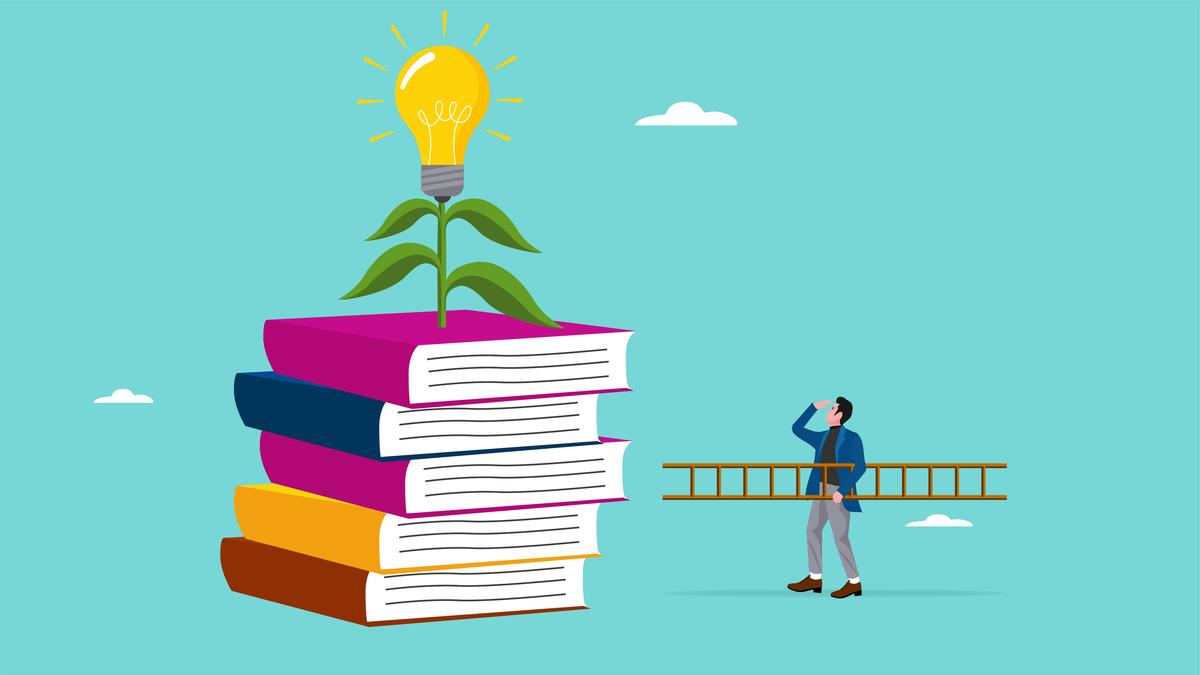
Adult learning and the hierarchy of needs
The Hindu
How understanding their own needs and development as adult learners can help teachers transform their thinking and improve student relationships.
During a conversation with teachers, which revolved around needs being met or not met by the institution, many ‘teachers’ expressed unhappiness with some of their fundamental needs being unmet. These included aspects that Abraham Maslow, a psychologist in the 1950s, defined as “Hierarchy of Needs”. Maslow’s theory postulates that human needs operate at five levels in the form of a pyramid. At the bottom are basic or physiological needs, such as food and clothing. From here, an individual rises through four other layers to the top where one ‘self-actualises’ and ‘realises one’s purpose in life.’
Many teachers were stuck at Level 3: the need for love and belonging. To help them understand the way they think and how that could impact the way they behave and teach, I use a model developed by Robert Kegan, an American developmental psychologist. He explained that developing as an adult was not about learning new things but about transforming the way we view things.
In Kegan’s model, which also follows a pyramidal structure, the bottom is classified as an ‘impulsive mind’, which is limited by our ability to consider other perspectives. This is similar to what Maslow says is our ‘psychological need’ for self-preservation.
Kegan explains that an adult’s thinking graduates from the bottom and rises through four layers to the top, as the individual evolves into what he describes as having a ‘transforming mindset’, characterised by a capacity to learn and grow, which parallels Maslow’s ‘self-actualisation’ state.
When the two models were explained, the teachers recognised that their need for love and belonging bore heavily on what Kegan calls ‘Socialised Mind’, which was Level 3 in the pyramid and reflected a need for external validation. When invited to explore their thought processes, many understood that their thinking was affected by their felt need.
As teachers whose essential task is to impart knowledge, which is largely cognitive, they observed that their manner of communicating with children was affected by the state of their mind, which in itself was impacted by whether their personal needs were met or not. Reflecting primarily on their behaviour towards students, the teachers understood that their thoughts, and therefore behaviours, were showing up as being deficient or growth-oriented because of their fundamental human need being met or not.
When imparting knowledge to children, the teachers realised that if they were aware of the human need they were experiencing in the ‘Present’, it would help them connect with children with self-compassion. Many realised that they were numb to this aspect simply because they were executing their roles as teachers from a task perspective and were divorced from appreciating their own state of mind. Hence recognising how the hierarchy of needs was playing out in them and affecting their thinking provided them a handle to appreciate how personal transformation can take place.




















 Run 3 Space | Play Space Running Game
Run 3 Space | Play Space Running Game Traffic Jam 3D | Online Racing Game
Traffic Jam 3D | Online Racing Game Duck Hunt | Play Old Classic Game
Duck Hunt | Play Old Classic Game











